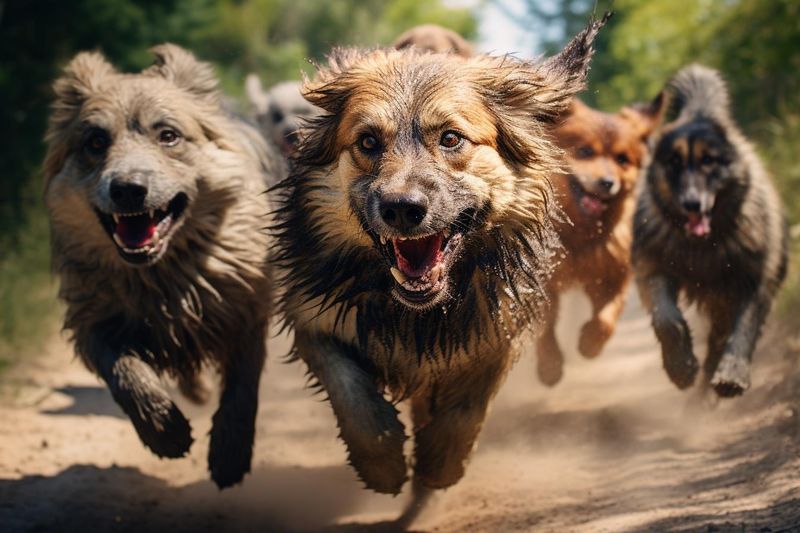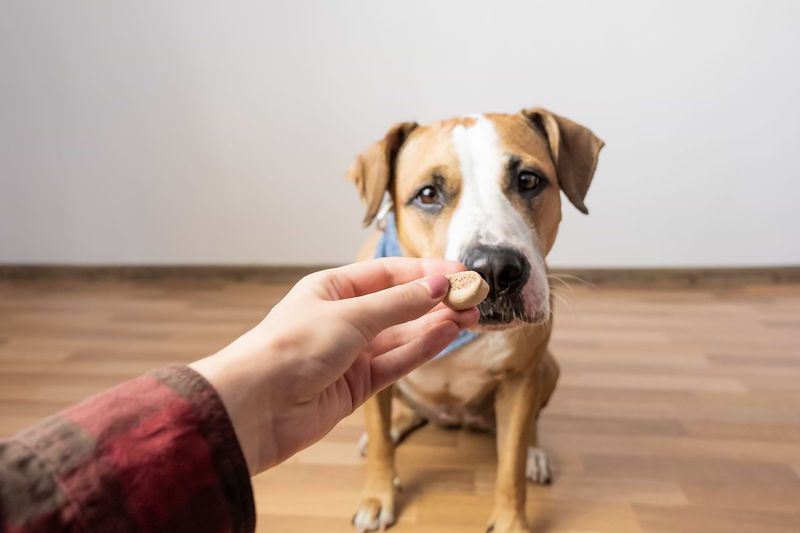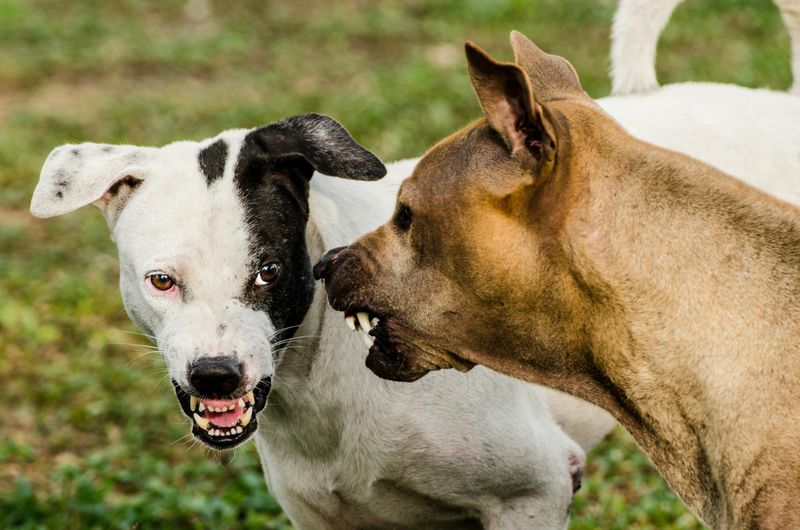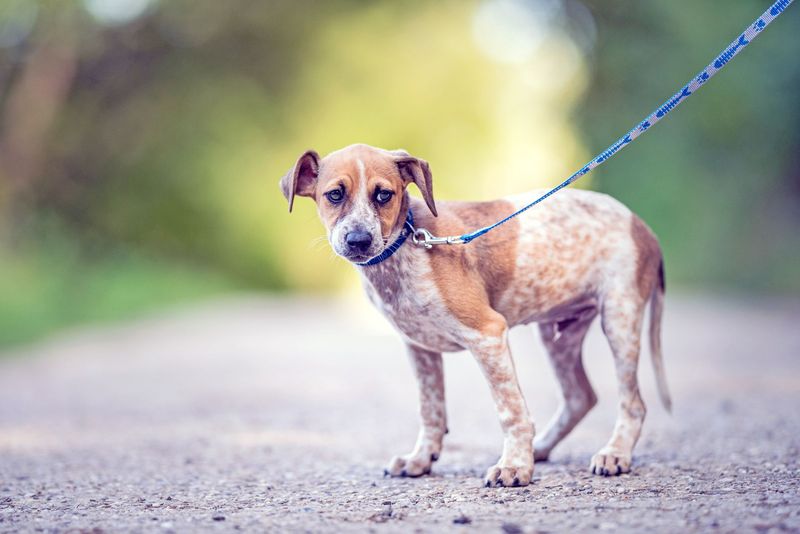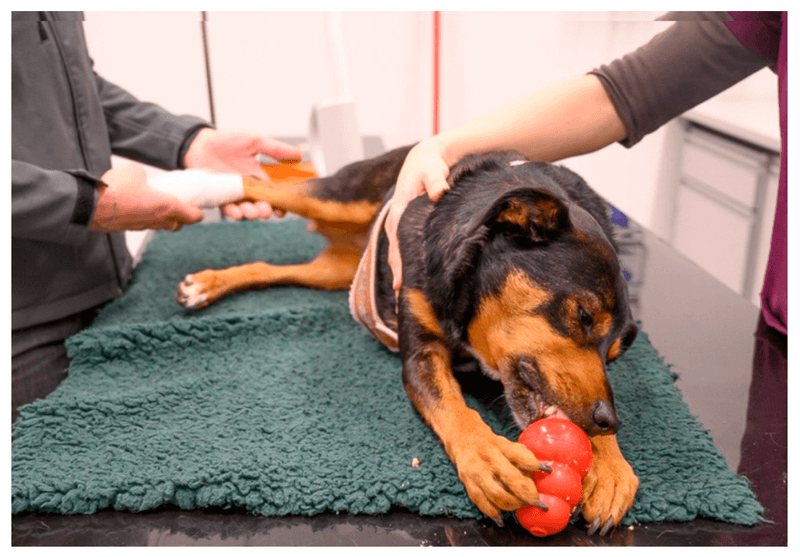📖 Table of Content:
Managing an aggressive dog can feel overwhelming, but with the right strategies and understanding, it’s possible to create a safer, more harmonious environment. Aggression often stems from fear, anxiety, or frustration, and addressing these root causes is key to improvement. By approaching the situation with patience and consistency, you can help your dog build trust and confidence.
This guide provides 10 actionable tips to reduce aggressive behaviors in dogs. From identifying triggers to seeking professional guidance, these strategies are designed to foster a calmer, more secure environment for both you and your pet. Remember, progress may take time, but the results are worth the effort.
Building a positive relationship with your dog is essential for long-term success. These tips not only address aggression but also strengthen the bond you share. With commitment and care, you can guide your dog toward a more balanced and peaceful life.
1. Understand the Triggers
Pinpointing what causes your dog’s aggression is the first step toward addressing it. Pay attention to specific triggers such as unfamiliar people, other dogs, or loud noises. Observing your dog’s behavior can provide valuable insight into their emotions and reactions.
Documenting these triggers helps identify patterns, making it easier to avoid or manage situations that provoke aggression. Many aggressive behaviors are rooted in fear or stress, so understanding these factors is crucial. Consider seeking professional advice to guide your efforts.
2. Socialize Your Dog
Socializing your dog gradually helps them feel more comfortable in different environments. Introduce them to new people, animals, and settings at a pace they can handle. Controlled interactions in calm, low-pressure environments are ideal for building confidence.
Positive reinforcement during socialization, such as rewarding calm behavior, reinforces good habits. Over time, consistent exposure to new experiences helps reduce fear-based aggression. Patience is key, as each dog adapts at their own pace.
3. Exercise Regularly
Regular physical activity helps burn off excess energy, reducing the likelihood of aggressive outbursts. Tailor exercise routines to your dog’s breed and energy level, incorporating daily walks, runs, or playtime. Mental stimulation through puzzle toys or training games can also improve focus and calmness.
Exercise improves both physical and emotional health, helping your dog release pent-up energy and stress. A well-exercised dog is more likely to remain calm and relaxed in challenging situations.
4. Use Positive Reinforcement
Rewarding good behavior encourages your dog to repeat it. Praise, treats, or playtime can reinforce calm, non-aggressive actions. Consistency is essential to make this approach effective, ensuring all family members follow the same method.
Avoid using punishment, as it can increase fear and anxiety, potentially worsening aggression. Focus on building a trusting relationship with your dog through encouragement and patience.
5. Seek Professional Training
If aggression persists, consult a certified trainer or behaviorist. These professionals can assess your dog’s specific needs and create a customized training plan. Structured sessions provide a safe environment for your dog to learn new behaviors.
Professional guidance not only helps address aggression but also equips you with tools and techniques to implement at home. This collaborative approach ensures a comprehensive solution to your dog’s challenges.
6. Create a Safe Space
Providing a designated space where your dog can retreat when overwhelmed helps them feel secure. Furnish this area with their bed, toys, and calming elements like soothing music or scents.
This space allows your dog to self-regulate emotions, reducing aggressive tendencies. Ensure the area is respected by all family members, giving your dog uninterrupted time to relax and recover.
7. Avoid Punishment
Punishing aggressive behavior may suppress it temporarily, but it often leads to increased fear and anxiety. Instead, focus on understanding and addressing the root cause of the aggression.
Compassionate training techniques and positive reinforcement foster trust and reduce negative behaviors over time. Work with a professional to develop effective strategies that prioritize your dog’s emotional well-being.
8. Monitor Body Language
Recognizing signs of discomfort or agitation, such as stiff posture, growling, or a lowered tail, helps you address issues before aggression escalates. Observing your dog’s body language allows you to intervene early and redirect their focus.
Educate family members on these cues to create a safer environment for everyone. Respecting your dog’s signals promotes trust and reduces the likelihood of aggressive incidents.
9. Use Calming Products
Products like pheromone diffusers, calming collars, and soothing sprays can help reduce stress and aggression. These tools create a comforting environment and complement other behavioral strategies.
Consult your veterinarian to find safe and effective options tailored to your dog’s needs. While not a standalone solution, these products can support a more relaxed and harmonious home.
10. Consult Your Veterinarian
Health issues like pain, hormonal imbalances, or neurological conditions can contribute to aggression. Regular veterinary check-ups ensure any medical causes are identified and addressed.
Your vet can recommend behavior specialists or medications if necessary, providing a holistic approach to managing aggression. Proactive care ensures your dog’s overall well-being, supporting a happier, healthier life.



